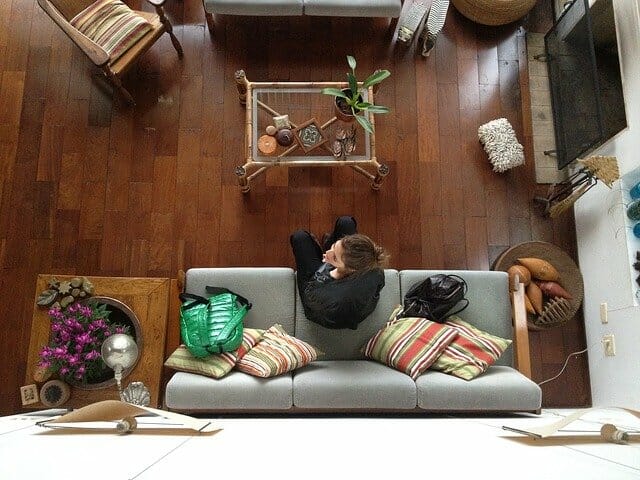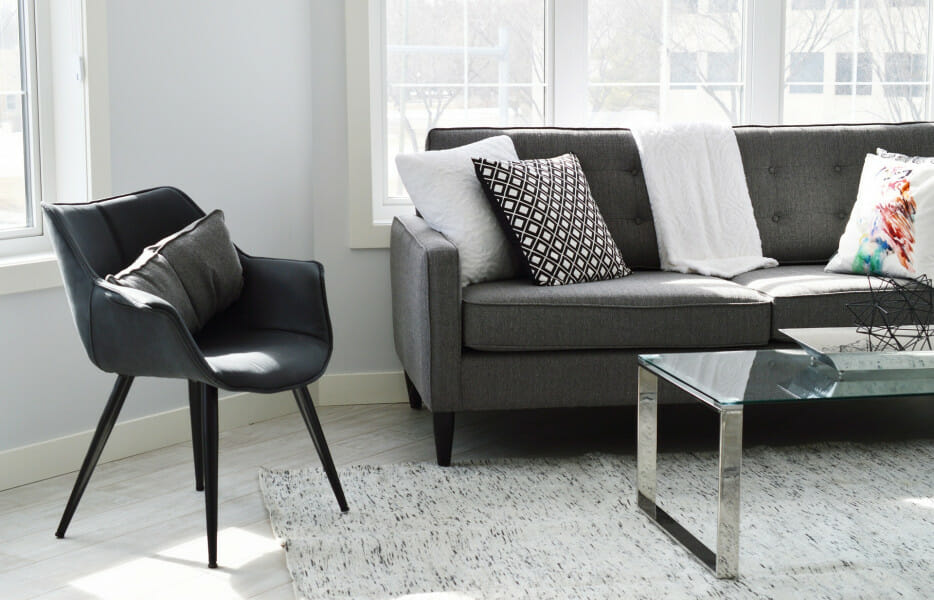This Furniture Safety Guide Will Save You From A Lot Of Home Accidents
Furniture is an essential part of any home. It gives a place that comfortable, lived-in feeling people enjoy and strive for in their residence. Properly acquiring furniture, especially matching furniture, is part of the maturing process. From the provided bunk and desks of a college dormitory, to the random chairs and desks of a first apartment, to proper matching furniture in a first home, it all holds special value to the owner.
However, furniture can also be risky. Plenty of kids growing up have stubbed their toes or otherwise hurt themselves on furniture. While some of this can be attributed to lack of coordination, poor placement of the furniture itself is also possible. Knowing the best places to ensure proper safety of furniture pieces is a good idea for children, pets, and adults. Here is our ultimate guide to furniture safety for an accident-free home.
Top Heavy Furniture
While stubbed toes might seem the most common mishap, it’s actually furniture falling over. Top heavy furniture like solid wood cabinets and shelves can tip over and hurt people, much like with vending machines. This is especially an issue when small children are involved, as they may try and climb a bookshelf to reach something over their heads. When it comes to bookshelves, place heavier items on lower shelves and anchor shelves, chests, TV stands, and the like when possible. Placing such furniture along a wall can also help brace them and prevent potential tipped furniture.
Chests and dressers are also possible tip-over hazards, depending on if they’re tall or not. Wider furniture with heavier objects in lower shelves and drawers will help base the pieces so they’re less likely to tip, just like with bookshelves.
Another safety issue is heights and mobility. Bunk beds, couches, and chairs with high backs are invitingly climbable, which is why it’s important not to let younger kids use them for that. Make sure they know that playing on the beds in a rowdy manner can be dangerous, and don’t attach anything like hooks or straps to the beds.
Lower Furniture
Sofas and chairs may be safer in terms of the heights involved, but kids still love to clamber all over them. Placing sofas against a wall will help cut down on falling risks. The same is true for chairs, though that can be tricky sometimes. It’s also a good idea to make sure the children don’t play with reclining furniture since they tend not to pay attention when fooling around with that sort of stuff and might hurt someone.
While wider, shorter furniture might help mitigate the chance of tipping, ensuring a sturdy anchor is probably a better idea. It also allows for more storage with more, higher shelves. On that note, the possibility of children crawling and climbing over drawers and getting stuck in a cabinet or high place is a possibility. Safety latches are never a bad idea.

Anchoring
As for anchoring, on a hard floor adhesives and the likes are one option, as tie to walls on carpets. Properly anchoring furniture can require a bit of work, but proper safety usually is. Plastic ties or metal clips are readily available for such purposes, so whichever works best with the furniture itself is usually ideal. For older furniture you don’t want to damage, placing them against the wall or in a less used room can also help.
Pet Safety
Children aren’t the only concern with furniture, as pets can also find themselves hurt if people or pets are not paying attention. This is especially true of reclining furniture, so make sure anyone using such pieces is aware of their surroundings. Pets, at least, are usually easier to train to keep off the furniture than children. Ending up in a drawer or stuck on a shelf is also a possibility, as any cat owner will attest.
To prevent banging into furniture, make sure there’s a fair bit of room between pieces so people and pets have space to maneuver. A no running rule never lasts for long, especially when pets are involved. An overall important aspect of furniture safety is having rules in place, and being prepared for when those rules are broken. This is also known as being a parent, and the tenets apply just as much to furniture safety as it does to most other aspects of life.

Some people take furniture safety for granted, but those in the know understand how important it is. Tip-overs are a very real concern, especially for tall and top-heavy furniture. Placing heavy stuff as the bottom and anchoring the piece with ties or clamps can help prevent dangerous accidents. Safety locks on drawers and cabinets to prevent climbing and falling into open drawers is also a good idea. Making sure there’s plenty of room to walk around mitigates trips and stubbed toes from furniture corners and legs.
You can’t plan for everything when it comes to home safety, but you can plan for the obvious, the not so obvious, and what happens after the accident. Hopefully, it never comes to that, and secured and safe furniture is a good start in that direction.
















